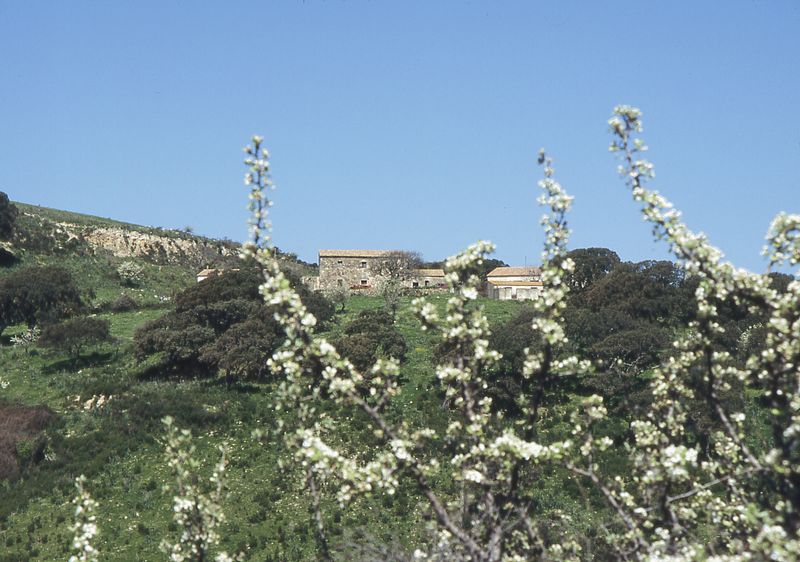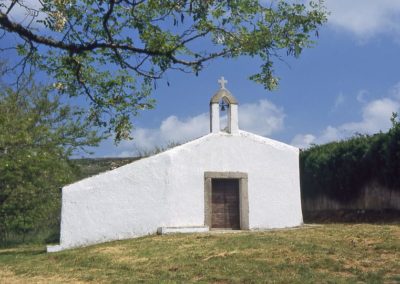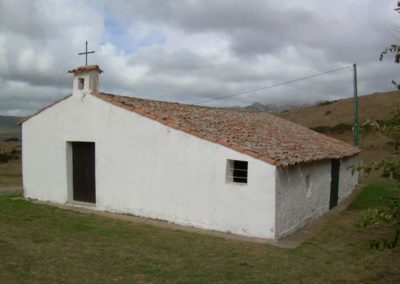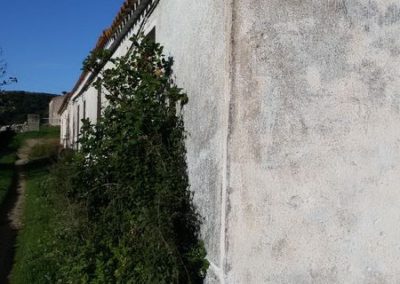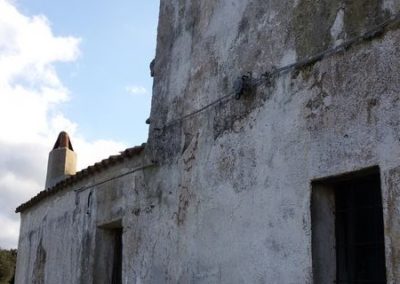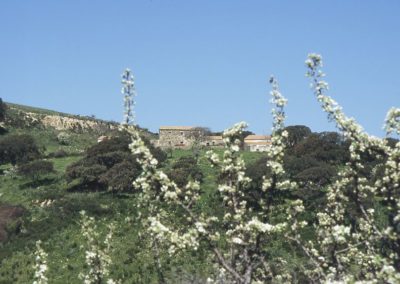Another element characterising the land around the village, as indeed that of other neighbouring centres, is the presence of settlements called Stazzi, characteristic farmhouses in the countryside with the appended cattle sheds and folds, which hosted up to the half of the twentieth century and later, a large part of the village population, some of which is still inhabited.
The particular conditions of life in the scattered habitat of Stazzi had originated starting from their appearance – in 1770 – a whole economic, architectural, residential system, a network of social relations, a series of customs and traditions which, combined together, envisaged the so called “civilization of Stazzi”, unique and different from any other culture present in Sardinia. The word stazzo derives from the latin “statio” place of stay. An agglomerate of stazzi formed a “Cussogghja”. Who lived there was virtually self-sufficient, because they bred cattle, they cultivated fields and produced cheese and cold cuts.
In the biggest agglomerations were built several rural churches like that of Our Lady of Peace, in Bonaita, San Lussorio (Santu Lusunu), in the locality of Pala di Monti, San Pietro di Rudas (Santu Petru), San Filippo (Santu Filippu) and San Giacomo (Santu Jagu), in the locality of Pitrischeddu, where there are the remains of a small and characteristic cemetery, which was used until 1925. These rural churches play a key role during the heard annual festivals, which are celebrated still today. The place names of the village reveal the existence in the past of other churches: Sant’Agata, Santa Caterina and San Quirico, from which do not exist tracks, while the country churches of Sant’Ubaldo, San Sebastiano and Santa Degna, in namesake areas there are still the ruins to witness a Middle Ages intensely lived in faith.



